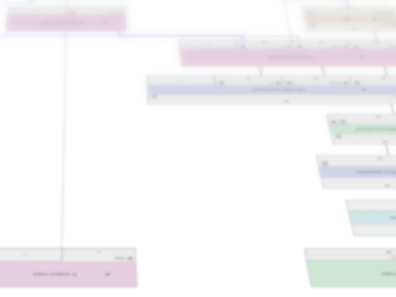A wide variety of treatments have been developed to improve respiratory function and quality of life in patients with bilateral vocal fold paresis (BVFP). One experimental method is the electrical activation of the posterior cricoarytenoid (PCA) muscle with a laryngeal pacemaker (LP) to open the vocal folds. We used an ovine (sheep) model of unilateral VFP to study the long-term effects of functional electrical stimulation on the PCA muscles. The left recurrent laryngeal nerve was cryo-damaged in all animals and an LP was implanted except for the controls. After a reinnervation phase of six months, animals were pooled into groups that received either no treatment, implantation of an LP only, or implantation of an LP and six months of stimulation with different duty cycles. Automated image analysis of fluorescently stained PCA cross-sections was performed to assess relevant muscle characteristics. We observed a fast-to-slow fibre type shift in response to nerve damage and stimulation, but no complete conversion to a slow-twitch-muscle. Fibre size, proportion of hybrid fibres, and intramuscular collagen content were not substantially altered by the stimulation. These results demonstrate that 30 Hz burst stimulation with duty cycles of 40% and 70% did not induce PCA atrophy or fibrosis. Thus, long-term stimulation with an LP is a promising approach for treating BVFP in humans without compromising muscle conditions.
JIPipe
JIPipe introduces a visual programming language into ImageJ that allows the creation of pipelines by designing flow charts. This language…






